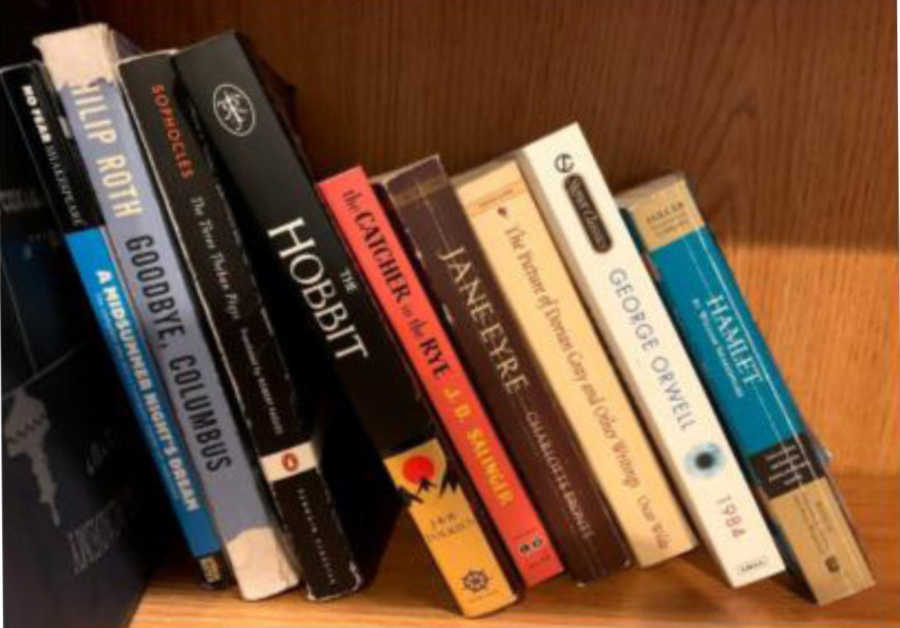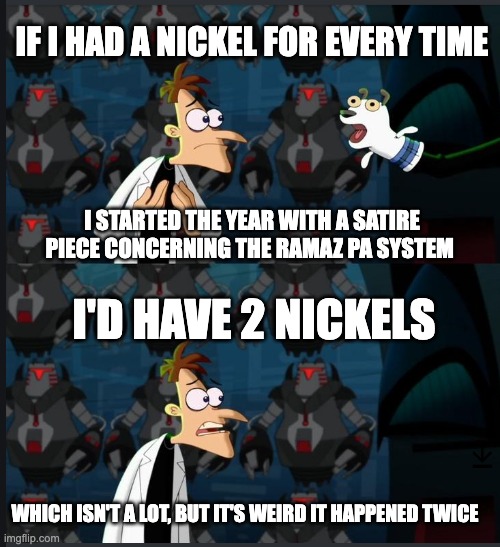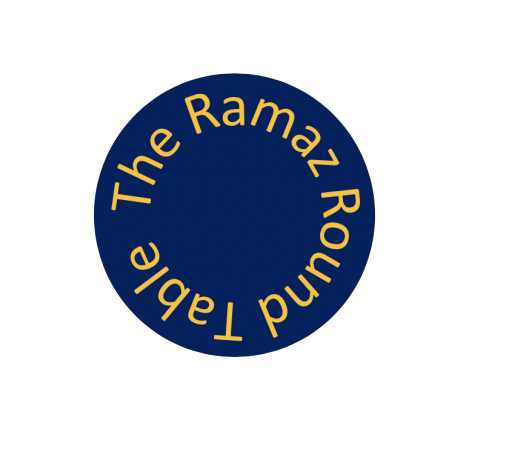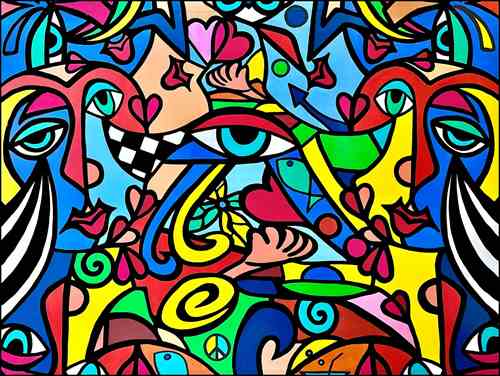New Class vs. Old Classics
The Odyssey, Hamlet, The Catcher in the Rye, The Great Gats- by, Canterbury Tales: By the time a Ramaz student is ready for gradu- ation, they have read many of the English classics. These are books that teachers have been teaching in English classes for many years, and the authors of these books are all white men. Teachers teach stu- dents how to analyze these texts and to write essays about these works.
For some students, the works of authors like Shakespeare or Chaucer seem irrelevant to current world problems. Why doesn’t the English department change the books to make it more interesting for the students, while taking books from more contemporary authors who, through their writing, are more directly addressing dilemmas in today’s world? Is this lack of diversity in the books we read detrimental to student’s expo- sure to new ideas? Some students wonder why the curriculum is littered with old books instead of modern ones.
Ms. Grossman said that reading well-writ- ten literature teaches the skills you are expected to learn in an English class, like analyzing texts and becoming a better writer. She explained what qualifies a book to be taught in class: “When we discuss what books to read, we want to find ones that are challenging enough, meaty enough, acces- sible enough that affect styles and techniques that are unusual or interesting in ways that students may not, on their own, discover themselves.” Ms. Grossman believes that even though some say that the books in the Ramaz curriculum are not timely, many of them have ideas or themes that still apply to our current world. For example, “to be or not to be” in Hamlet is a question that people have been asking for centuries, and the way Shakespeare portrays this idea in a more beautiful way than you will find in other texts.
A personal goal of Ms. Grossman’s, is to use these classic works to shed light on current events. Re- cently, she discussed the power failure in Texas in her senior class about Franz Kafka, who writes about the failure of institutions. Dr. Milowitz, who has been at Ramaz for about twenty-five years, explained that the Ramaz curriculum has been built on the idea that certain texts that are staples of western culture, and they give students a well-rounded traditional high school English education. Books such as A Midsummer Night’s Dream, Hamlet, Beowulf, The Canterbury Tales, The Great Gatsby, The Odyssey, and Antigone are examples of books that have been consistently taught at Ramaz for many years. Moreover, they are the same books being taught in most high schools in America.
He also noted that because of the limited time in a school year, it would be impossible to just add books to the curriculum, so the question is: is worth it to replace such crucial, influential books with more contemporary literary works. Dr. Milowitz said that there is a viable argument that these are books that are time- less and have influenced other writers.” These books are everywhere in literature and are known by all the newer writers, so because they have influenced a lot of literature making it vital for high school students to learn them.
Recently, with the rise of social justice movements like the Black Lives Matter Movement in March 2020, English departments around the country have been thinking about the question of whether or not to include more authors of diverse backgrounds. On one hand, representation is important. In Ramaz, students have little ex- posure to diversity, so it should arguably be brought in through required readings; in more diverse
schools, students should see authors who come from the same background as them. Others argue that, while including more literature by diverse authors is a positive, there are only so many books a teacher can assign. By adding more books, it means cutting out some of the classics, which are, arguably, fundamental to an American. high school curriculum.
Ms. Grossman stressed the importance of balancing the diversity of an author and a book’s effectiveness at helping students develop as read- ers and writers. She believes that reading a book by an author sole–ly because they are of a distinct race without considering what students can learn from it is not how teachers should pick books to teach. Ms. Grossman explained, “When we talk about diversity it often means books by authors of traditionally oppressed, minority groups and there is a lot of value in that but there are still things like diversity of ideas, time period, or class.”
A perfect example of this is The Canter- bury Tales which is written by a white author and does not focus on races or cultures, but the novel still teaches the irony and hypocrisy of socio-economic class. Dr. Milowitz mentioned that when the English department is switching out books in the curriculum, they realize that most of the core books in the ninth through eleventh grade English courses are written by white men so they try to supplement that with voices of African-American writers and overlooked, contemporary female writers. While this is true, after an analysis of the literature read throughout one’s four years at Ramaz, most are still written by white men.
Ms. Litwack discussed the future for the literature chosen as mandatory reading. She said, “Now, we aim for more diversity: we want to teach more writers of color, LGBTQ writers, or female writers.” Within the English department the teachers seem to be looking for more diversity of the au- thors they teach but are not eager to cut out pieces of literature that they believe students will learn from or are known to be essential for a high school education.




